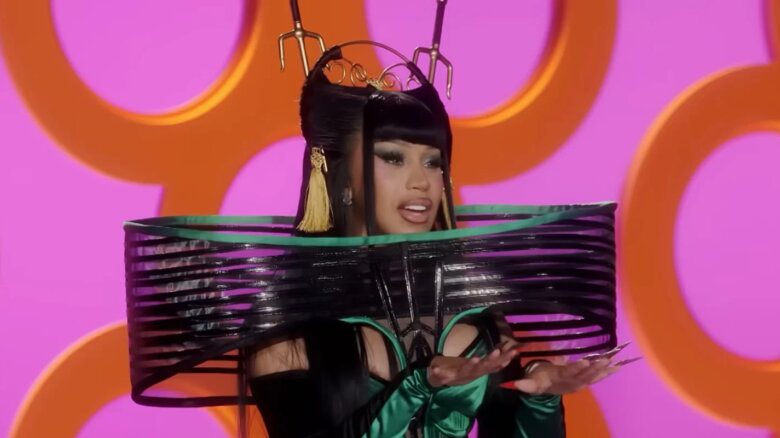Bill Crane appears to be conducting some mad experiment over at Cold City Gallery. He’s orchestrated several cacophonous dialogues – between art and science, social constructivism and biology, child and adult, to name a few.
In his sculptural assemblages, Crane has wedged books into fuzzy mounds or gooey flows of polyurethene foam into which are also fastened models of DNA molecules. Children’s books from the 1950s with titles like Meeting The Stars Of The Circus jostle for attention with cultural theory tomes like Patrick Higgin’s A Queer Reader. Buzzing around the books like artificial viruses are flocked balls representing the genes and chromosomes of biological life.
In his first solo exhibition, Crane continues his history of making artworks that explore how male identity and sexuality are constructed. Whereas a piece from 1994 at SL Simpson gallery drew on a book, titled On Becoming A Man, this exhibition could subtitle itself On Becoming A Homosexual. Each piece – and there are seven in the show – is a discreet comment on the production of knowledge and its relationship to human development.
Are we products of nature or nurture, biology or social conditioning? Eschewing this black and white binary, Crane’s thesis proposes a more complex intertwining of genetic coding with environmental conditions to make up our gendered and sexual selves.
Colourful children’s book jackets present pictures of innocence and unquestioning wonder. Young minds are nurtured with stories, myths and fantasies. The 1950s was a time when girls and boys “naturally” grew up to be heterosexual, when homosexuality was considered a disease and aberration. Book titles like Beyond Recognition: Representation, Power And Culture introduce cultural and political arguments against biological determinism.
And sometimes the nature-nurture binary is sabotaged, as when the title Friendship As A Way Of Life is superimposed over a pair of happy boys frolicking in a stream. The title is drawn from a 1981 essay written by French philosopher Michel Foucault, one of the first theorists to claim that sexuality is not a natural category, but rather a social construction.
The references to molecular genetics in the work provoke us to consider the current debates arising out of science’s search for the biological origins of homosexuality. Biotechnology and genetic research have complicated the field by positing the existence of a gay gene. Some gay scientists, like Simon LeVay, believe that it would be a good thing for homosexuals to be seen as a discreet biological group because homophobia is greater if we are seen to be making a “lifestyle choice.” Many others fear, with justification, that genetic and viral engineering geared toward eliminating homosexuality would develop with the discovery of a genetic basis for sexual orientation.
Science and culture have given us knowledge that has radically changed the way we perceive and experience our bodies and sexualities. In an artistic intervention into the competing theories of genetic predisposition in sexual development, Bill Crane has stirred up nature and culture, concocting a strange brew of artificial organisms that pulsate all on their own.
Bill Crane.
Till Sat, Mar 27.
Cold City Gallery.
686 Richmond St W.
(416) 504-6681.
 Why you can trust Xtra
Why you can trust Xtra


